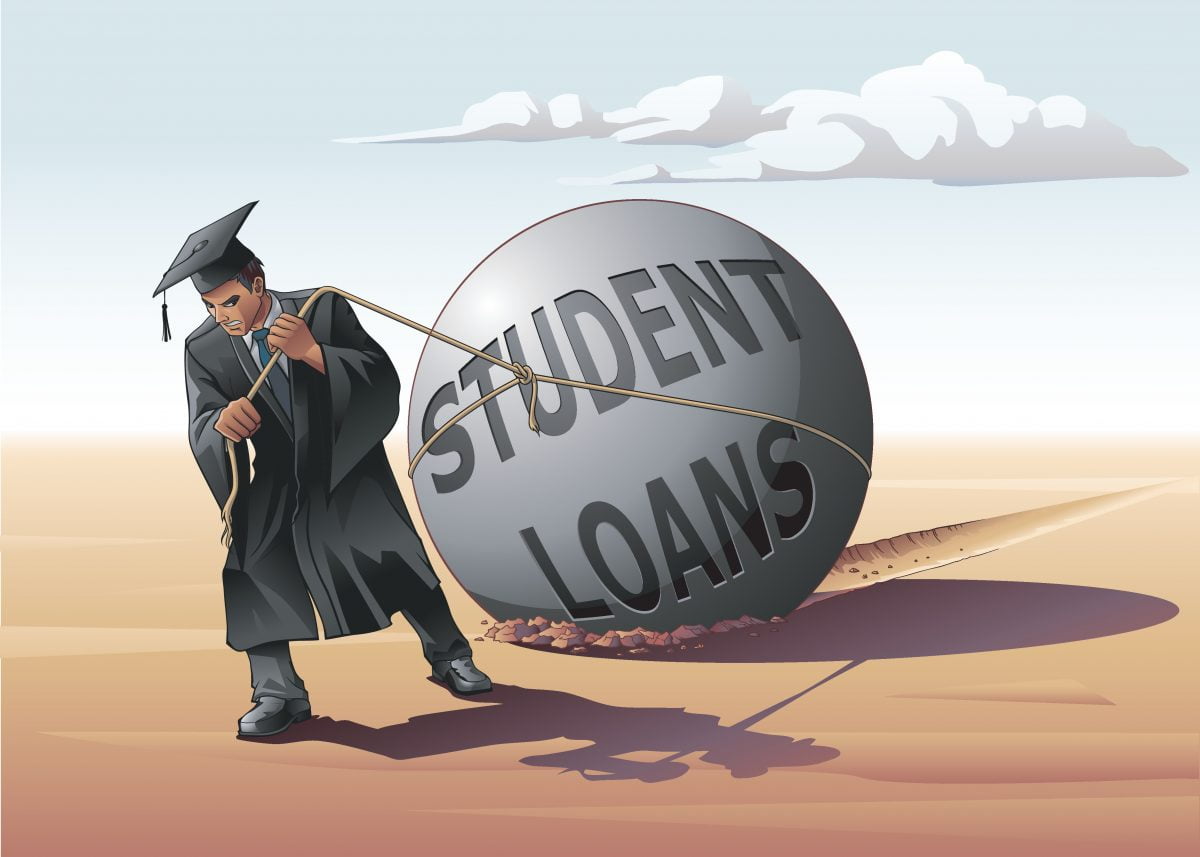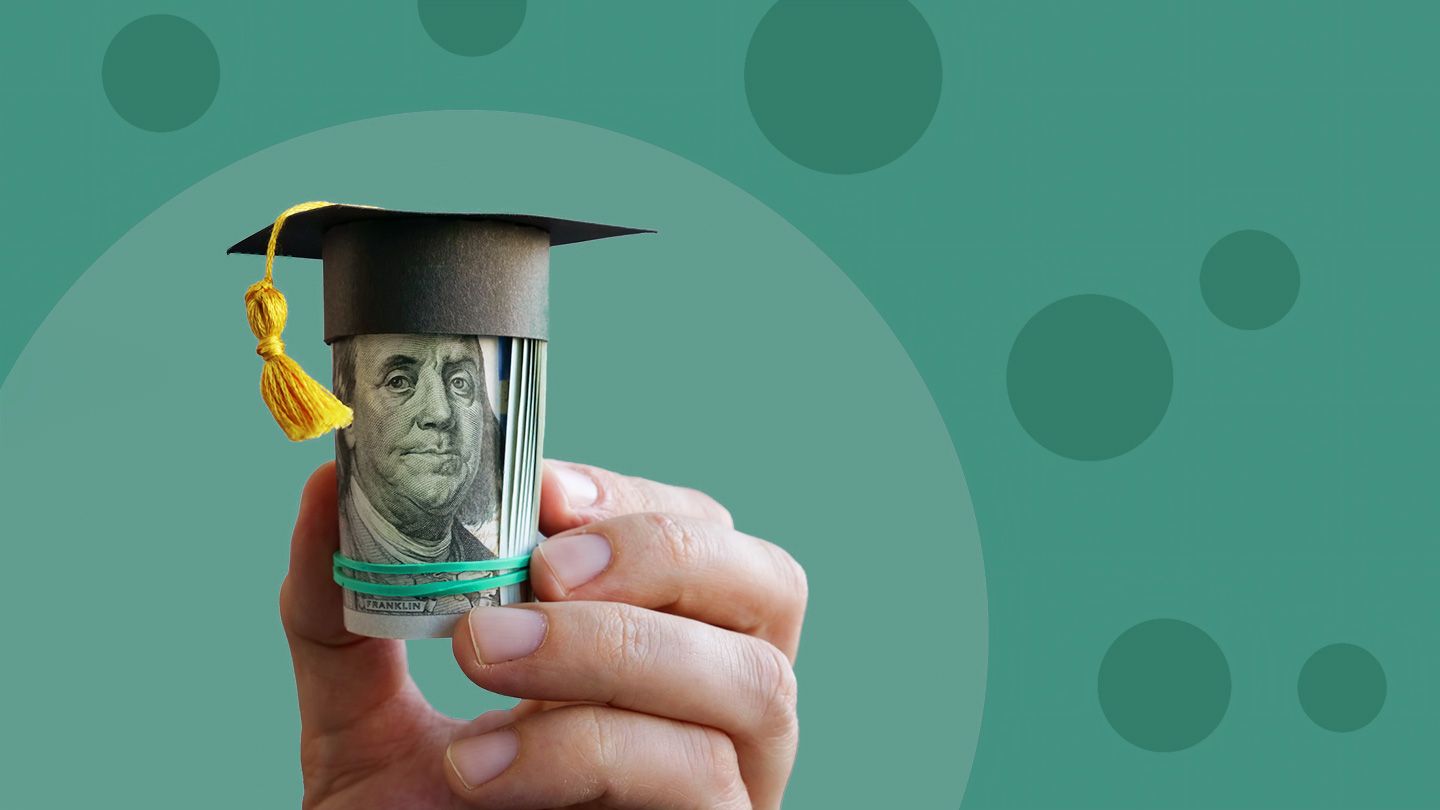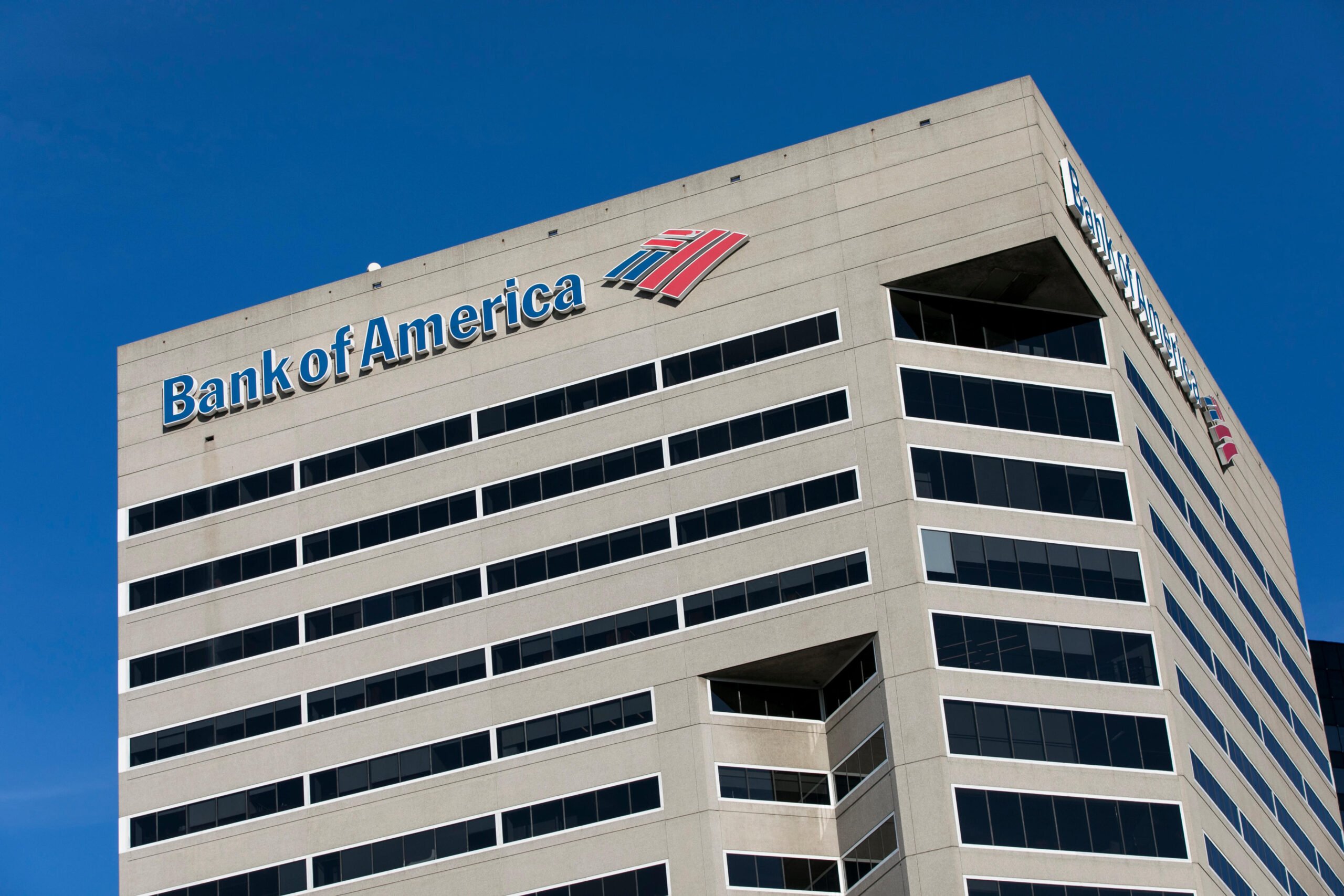Understanding Student Loans in America

In the United States, higher education can be costly, and many students rely on loans to finance their education. With the rising cost of tuition and the ever-increasing interest rates on loans, navigating the student loan process can be confusing and overwhelming. In this article, we will explore the ins and outs of student loans in America, including the types of loans available, how to apply, and what to expect after graduation.
What are Student Loans?
A student loan is money that a student borrows to pay for their education. The loan must be repaid with interest. Loans are typically used to pay for tuition, room and board, textbooks, and other educational expenses.
Types of Student Loans
There are two main types of student loans: federal loans and private loans.
Federal Loans
Federal loans are provided by the government and are available to both undergraduate and graduate students. They typically have lower interest rates than private loans and offer more flexible repayment options.
Direct Subsidized Loans
Direct Subsidized Loans are available to undergraduate students who demonstrate financial need. The interest on these loans is paid by the government while the student is enrolled in school.
Direct Unsubsidized Loans
Direct Unsubsidized Loans are available to undergraduate and graduate students regardless of financial need. The student is responsible for paying the interest on these loans while they are in school.
Direct PLUS Loans
Direct PLUS Loans are available to graduate students and parents of undergraduate students. These loans have higher interest rates than Direct Subsidized and Unsubsidized Loans and require a credit check.
Private Loans
Private loans are provided by banks, credit unions, and other private lenders. They are typically used when federal loans do not cover the full cost of education. Private loans may have higher interest rates and less flexible repayment options than federal loans.
Applying for Student Loans
To apply for federal student loans, students must fill out the Free Application for Federal Student Aid (FAFSA). The FAFSA is used to determine a student’s eligibility for financial aid, including grants, scholarships, and loans.
To apply for private student loans, students must apply directly with the lender. Private lenders typically require a credit check and may require a cosigner.
Repaying Student Loans
Repayment of student loans typically begins six months after graduation or after the student drops below half-time enrollment. There are several repayment options available, including standard repayment, income-driven repayment, and extended repayment.
Standard Repayment
Standard Repayment is the default repayment plan for federal student loans. Payments are a fixed amount each month for up to 10 years.
Income-Driven Repayment
Income-Driven Repayment plans adjust the monthly payment amount based on the borrower’s income and family size. There are four different Income-Driven Repayment plans available: Income-Based Repayment, Pay As You Earn, Revised Pay As You Earn, and Income-Contingent Repayment.
Extended Repayment
Extended Repayment plans extend the repayment period up to 25 years, lowering the monthly payment amount.
Conclusion
Navigating the student loan process can be overwhelming, but understanding the types of loans available, how to apply, and what to expect after graduation can make the process less daunting. Federal loans typically have lower interest rates and more flexible repayment options than private loans, and private loans should only be used when federal loans do not cover the full cost of education. Remember to always borrow responsibly and consider the long-term financial impact of taking on student loans.
FAQs
- How much can I borrow in federal student loans? Federal loan limits vary depending on the student’s year in school, dependency status, and other factors. For example, a dependent undergraduate student can borrow up to $5,500 in their first year, $6,500 in their second year, and $7,500 in their third year and beyond.
- Can I apply for private student loans without a cosigner? It is possible to apply for private student loans without a cosigner, but it may be more difficult to get approved, especially if the borrower has a limited credit history.
- How long does it take to repay student loans? The length of the repayment period depends on the repayment plan chosen by the borrower. Standard repayment plans have a repayment period of up to 10 years, while extended repayment plans can extend the repayment period up to 25 years.
- What happens if I can’t make my student loan payments? If a borrower is unable to make their student loan payments, they should contact their loan servicer to discuss their options. There are several options available, including deferment, forbearance, and income-driven repayment plans.
- Can student loans be discharged in bankruptcy? In most cases, student loans cannot be discharged in bankruptcy. However, there are some circumstances, such as permanent disability or closure of the borrower’s school, that may allow for the discharge of student loans.
[ads2]





